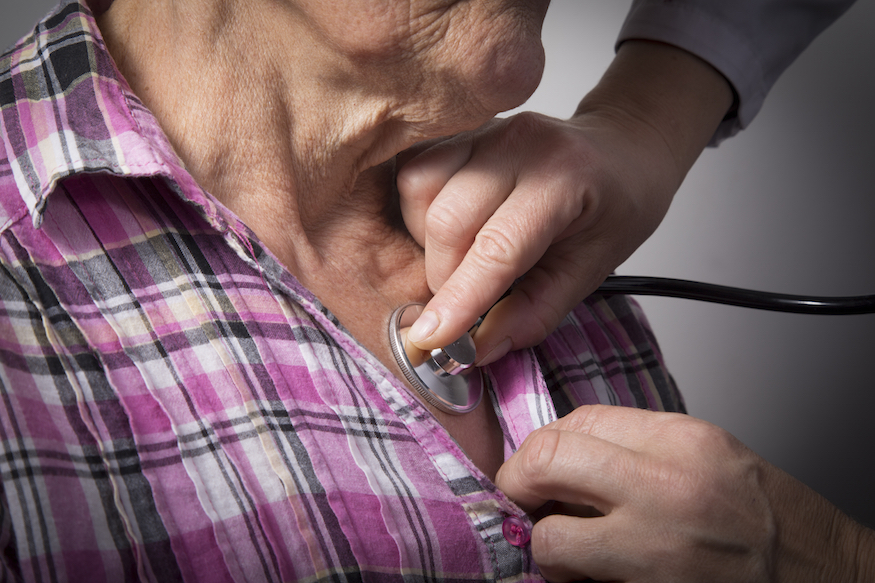The National Institute for Health recognizes breast cancer as one of the most deadly forms of cancer for American women between the ages of 45-85.
As technology and health care have improved, the fatality rate for breast cancer has decreased. However, the number of new cases of breast cancer has increased steadily for years.
Increasing Awareness Is the Key to Early Detection
Increasing awareness of breast cancer screening methods among women (and men) as they age is incredibly important to guarantee they have the knowledge and preparedness to take action.
In general, cancer cells are known for their rapid, abnormal growth. While these harmful cancer cells may develop locally in one area of the body, they can quickly spread to other vital organs and prevent normal bodily functions that support life. For all forms of cancer, early detection is critical to the success of patient outcomes.
Helping Seniors Understand Screening Methods for Breast Cancer
Mammograms: The best way to confirm any suspicions that you have about the health of your breasts is to schedule an appointment where screening can be performed using mammography. According to the National Institute for Health, a mammogram is a special x-ray of the breast that often can detect cancers that are too small for a woman or her doctor to feel. Due to the density of women’s breasts before menopause, mammograms are typically only given to women over the age of 50.
Clinical Breast Exams: In addition to receiving mammograms annually, regular clinical breast exams (CBE) should be performed by a health professional, such as a doctor, nurse, or physician’s assistant. During a clinical breast exam, the breasts will be inspected for abnormalities in size and shape, as well as changes in the skin or nipples. The examination will also require the health professional to feel the breasts to inspect tissue for lumps or irregular shapes or textures.
Breast MRI: Using magnetic imaging, MRI’s are used to get a detailed look at the breast health of women with higher risks. Typically used as a follow-up method after the discovery of suspicious physical symptoms.
Breast Self Exam: While it should never replace a mammogram or CBE from a doctor, a self examination of one’s breasts can be performed at home alone. Known as a Breast Self Examination (BSE), women can inspect their own breasts for abnormalities in size and shape by gently palpating the breasts one at a time in front of a mirror. If you choose to perform regular BSE’s at home, remember that there are a number of reasons why you might notice changes in the size or shape of your breasts. These changes can often be attributed to:
- Pregnancy
- Aging
- Menopause
- Menstrual Cycles
- Birth Control Pills
- Hormones
Despite the fact that there are differing opinions in the medical community about the effectiveness of self-exams at home, women of all ages need to understand the risk factors and physical warning signs for breast cancer. You can read more about the risk factors and physical warning signs of breast cancer here.
Helping Seniors Get Screened for Breast Cancer
Seniors might need special attention to make sure they receive the necessary screening for breast cancer as they age. Caregivers, companions, and family members can help schedule doctor’s visits and ensure transportation is in order to guarantee that missed mammograms are not missed opportunities for early detection.
Other times, seniors might hesitate to have screenings done out of fear that they cannot afford them. The Center for Disease Control and Prevention outlines eligibility for these individuals to receive low-cost and even free screenings. Since September 2010, the Affordable Care Act has required all new health insurance plans to cover yearly mammography (with no co-payment) for women ages 40 and older.
A Place at Home provides RN Advocacy services that can include coordinating your health care needs and acting as a liaison between you or your senior and various medical professionals. This ensures that communication is understood and followed while providing the peace of mind that no stone is left unturned when it comes to your care. Contact us today to learn more.


